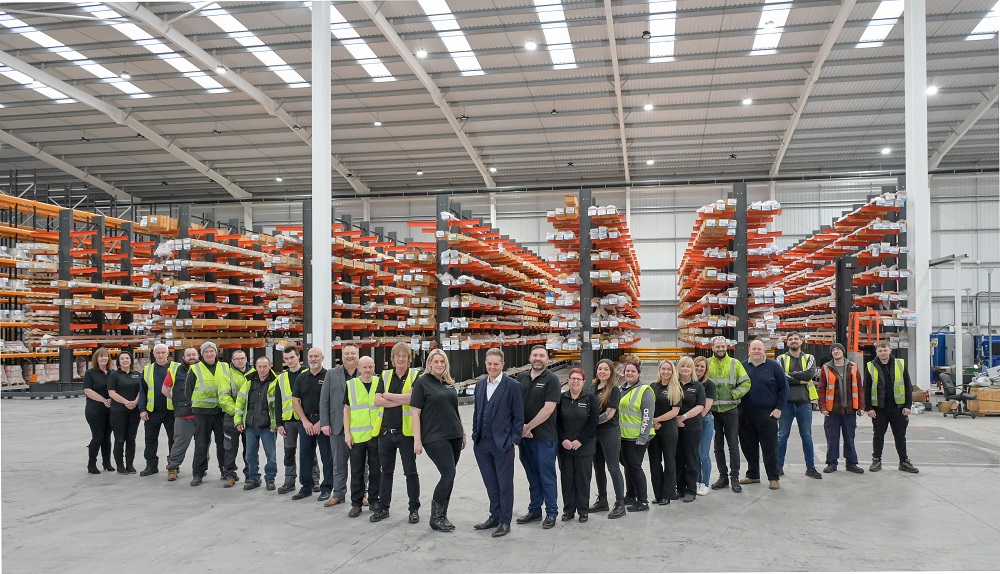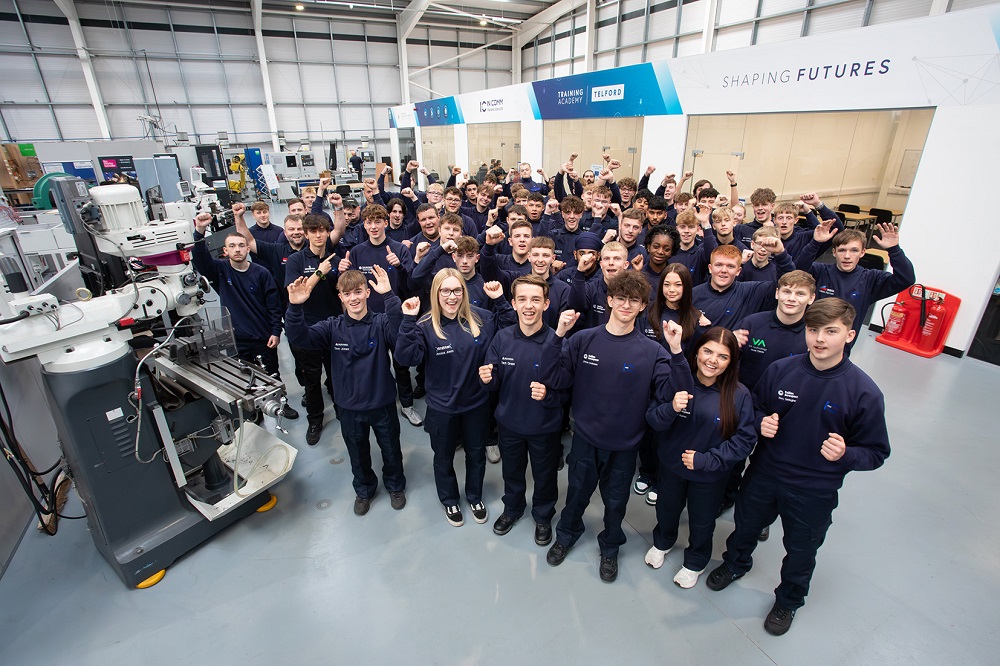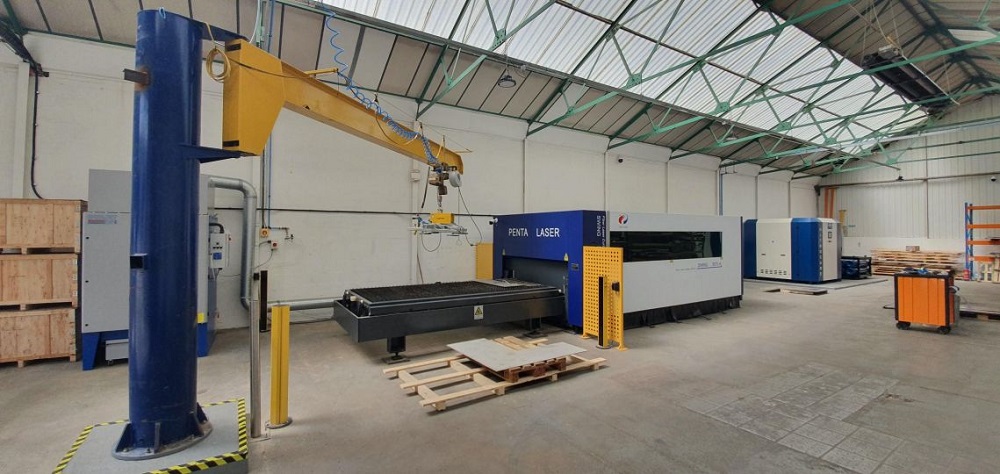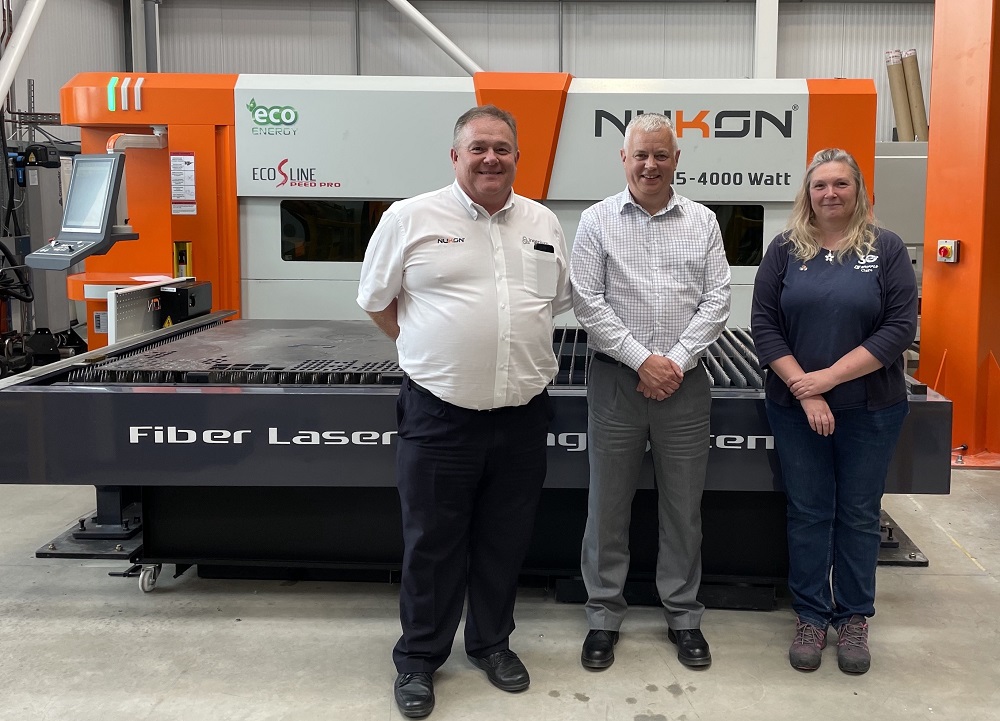Specialist copper supply chain partner Metelec has completed a move to “game-changing” state-of-the-art facilities in Wolverhampton. The £30m+ turnover company now resides at a 47,973 sq ft office and distribution centre at Hilton Cross Business Park, moving from Bloxwich.The building includes a multi-functional open space forboth employee and customer events.
Managing director Kevin Draper says the move represents a significant moment in the company’s history as it looks to expand and grow: “It future-proofs our business and allows us to push forward with our expansion plans. We’ve invested a significant amount to make this a premier place to work. From an environmental point of view, the building delivers huge energy savings and we’re planning to introduce an integrated renewable energy management system, which we simply couldn’t have done at the old building.”For more informationwww.metelec.com



















